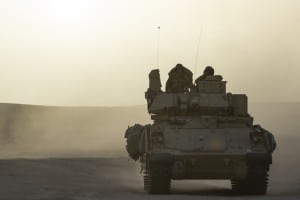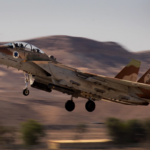
The Army has released its new list of characteristics for the restarted Optionally Manned Fighting Vehicle (OMFV) competition, detailing its broad problem set for the Bradley replacement program to be refined through collaboration with industry. The characteristics list is the latest step in the Army’s renewed OMFV search after canceling the initial competition in January and starting over with a new focus on increasing vendor participation in the vehicle development phase. "Industry feedback on the proposed vehicle characteristics, not a…

 By
By 








